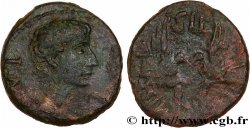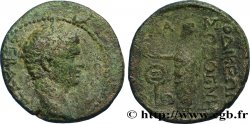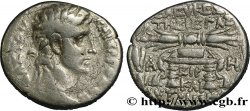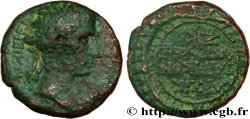bpv_475104 - AUGUSTO Cistophore
480.00 €
Quantità
Aggiungi al carrello

Tipo : Cistophore
Data: c. 24-20 AC.
Nome della officina / città: Éphèse, Asie
Metallo : argento
Titolo in millesimi : 950 ‰
Diametro : 26,5 mm
Asse di coniazione : 12 h.
Peso : 11,48 g.
Grado di rarità : R1
Commenti sullo stato di conservazione:
Exemplaire sur un flan ovale bien centré des deux côtés avec les grènetis visibles à l’usure importante, parfaitement lisible et identifiable. Patine gris foncé de collection ancienne avec des reflets dorés
N° nelle opere di riferimento :
Diritto
Titolatura diritto : IMP. - CAE-SAR.
Descrittivo diritto : Tête nue à droite (O°).
Traduzione diritto : “Imperator Cæsar”, (L’empereur césar).
Rovescio
Titolatura rovescio : AVGVSTVS AU-DESSUS DE L’AUTEL.
Descrittivo rovescio : Autel de Diane (Artémis) paré de guirlandes et orné de deux biches affrontées.
Traduzione rovescio : “Augustus”, (Auguste).
Commento
Poids léger. Pour ce type, les auteurs du Roman Provincial Coinage ont répertorié 123 pièces pour 72 coins de droit. C. H. V. Sutherland dans son étude avait recensé 115 cistophores avec 102 numéros, 71 coins de droit et 91 coins de revers. Même coin de droit que l’exemplaire de la vente Glendining du 1er décembre 1927, n° 52. Au revers, nous avons une petite bavure caractéristique le long du grènetis. C’est un coin de revers nouveau.
Lightweight. For this type, the authors of the Roman Provincial Coinage listed 123 coins for 72 obverse dies. CHV Sutherland in his study had identified 115 cistophores with 102 numbers, 71 obverse dies and 91 reverse dies. Same obverse die as the copy of the Glendining sale of December 1, 1927, no. 52. On the reverse, we have a small characteristic burr along the roughening. It's a new backhand corner
Lightweight. For this type, the authors of the Roman Provincial Coinage listed 123 coins for 72 obverse dies. CHV Sutherland in his study had identified 115 cistophores with 102 numbers, 71 obverse dies and 91 reverse dies. Same obverse die as the copy of the Glendining sale of December 1, 1927, no. 52. On the reverse, we have a small characteristic burr along the roughening. It's a new backhand corner







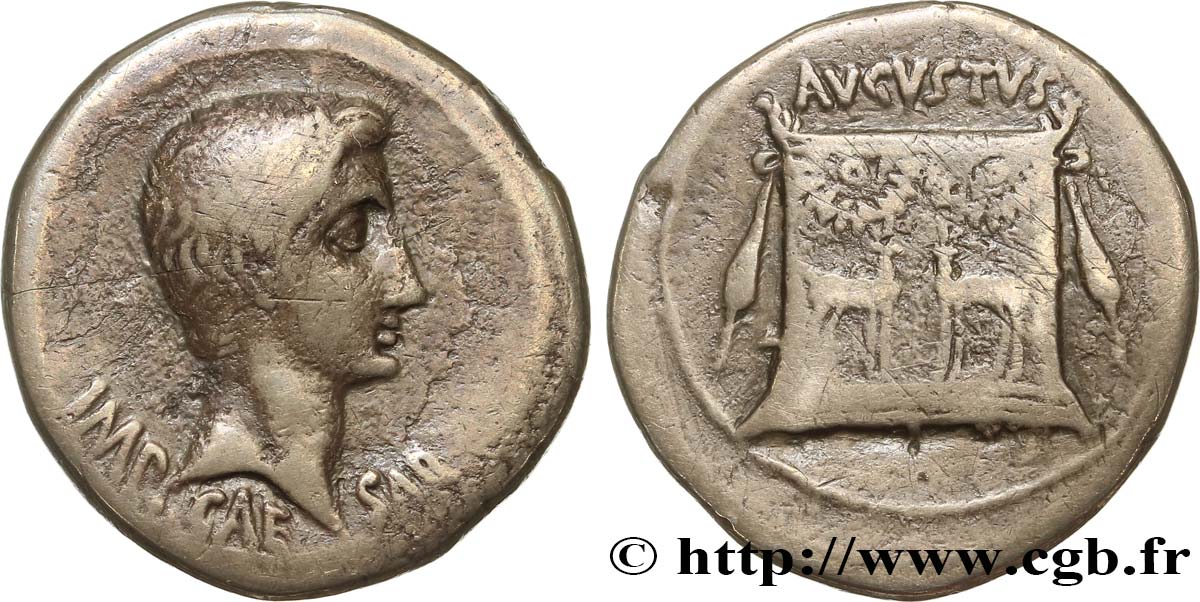
 Segnalare un errore
Segnalare un errore Stampate la pagina
Stampate la pagina Condividi mia selezione
Condividi mia selezione Fai una domanda
Fai una domanda Consegnare / vendere
Consegnare / vendere
 Descrittivo
Descrittivo